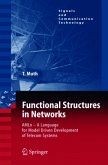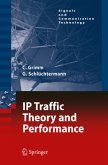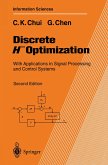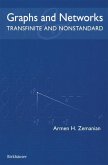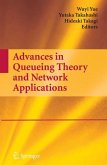The architecture of "The Worlds Biggest Machine^" is of course expressed in the many underlying communications standards; however it is far from explicit nor readily accessible. While on one hand, marketing people are busy looking for their so called "Killer Applications" that will maintain the economic growth of this machine, the engineers are struggling to keep up with the myriad of networks, pro tocols and standards that interconnect an ever growing number of network services across a rapidly increasing variety of platforms and protocols. Within the industry, it is commonly accepted that fewer than 10% of engineers working in the field have sufficient knowledge and experience to tackle the p- study and feasibility phases; that is to say, only this group can process the knowl edge and overview of the elusive architecture that allow them to identify the net work nodes, network services, protocols and messages that will be affected by adding new network functionalities. It follows that 90% of engineers are capable of performing the execution phase.


